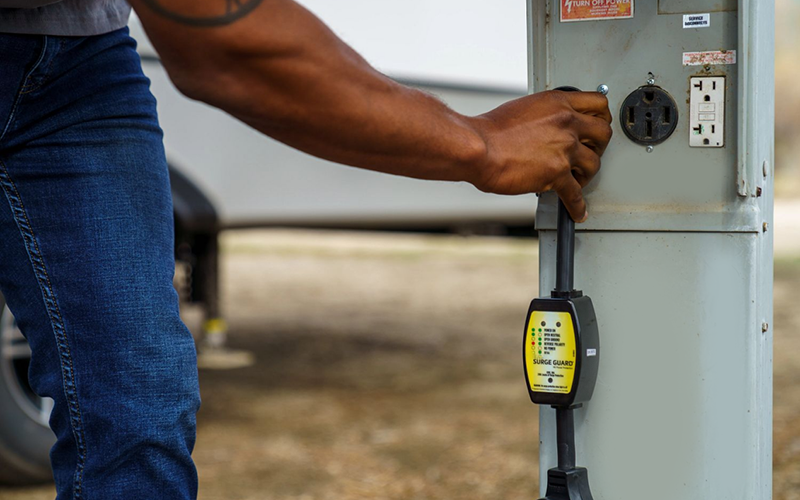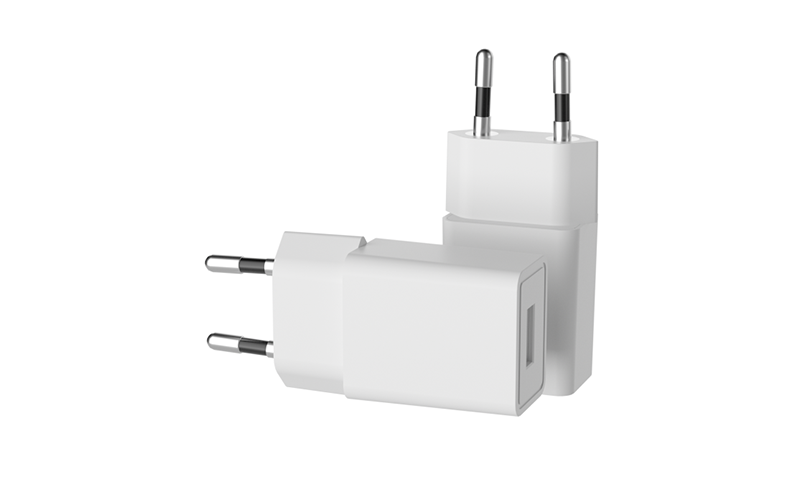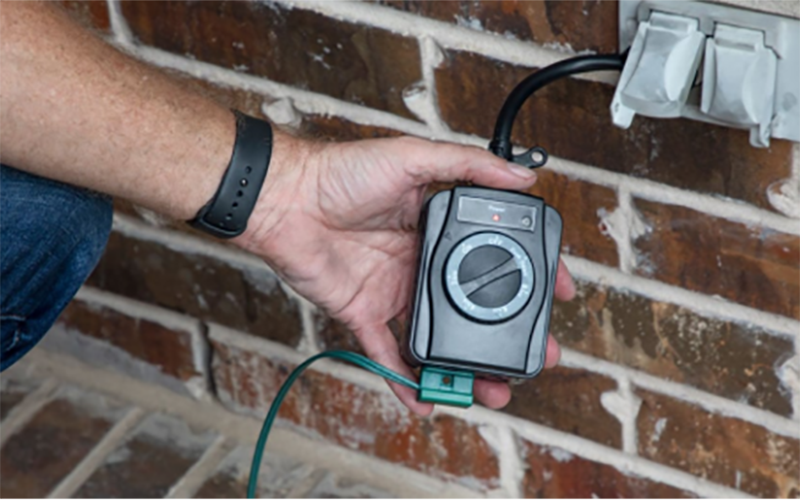Myth #1 - Power Strips & Surge Protectors Are All the Same.
Most people don't realize there's a major difference between a power strip and a surge protector—they just see extra outlets. But trust me, the distinction matters.
Power strips are handy for situations where you need to plug in multiple devices at once, like a row of crockpots for a family dinner or a heavy-duty strip in the garage running a shop vac, radio, and pressure washer simultaneously. Sure, both power strips and surge protectors have circuit breakers, so you might think, "That's enough protection, right?" Think again! A circuit breaker is a basic safeguard, but would you really risk plugging your 55-inch smart TV into a plain power strip, hoping that little switch will save it from a surge? Absolutely not. For high-end electronics, you need a surge protector with serious joule-rated defense. Don't gamble with your expensive gear—protect it properly!
Myth #2 - Lighting Strikes Are the Only Thing That Cause Surges in Power.
Did you know? Power surges happen daily through your electrical wiring—and people don't even realize it. Ever seen lights flicker in your home or office? That's a surge.These spikes can come from the power company switching grids, equipment failures, or even everyday things like your AC kicking on, the microwave running, or faulty wiring. Lightning isn't the only threat—your own appliances can cause damaging surges at any time.That's why surge protection isn't just for storms. If you care about your electronics, a good surge protector is a must. Don't wait for a disaster to find out the hard way.
Myth #3-Turning Off My Devices Protects Them From Power Surges
Think turning off your power strip protects your devices? Think again.
Even when switched off, your electronics are still at risk—as long as they're plugged into the wall, power is constantly flowing through those wires. A sudden surge can blast through a turned-off power strip or surge protector, traveling straight into your connected devices and frying them.
So what's the solution? For basic protection: Use a surge protector rated for at least 1200 joules. For absolute safety? Unplug completely. If you're serious about protecting high-end gear—or bracing for a storm—the only guaranteed way to stop a surge is to disconnect entirely.
We offer multiple series of surge protection products to meet the safety needs of various electrical scenarios. And our products are UL and ETL certified. For more details, please check our official product catalog and contact us.



 English
English 中文简体
中文简体














 NO.565,South of Xihuan Rd,Yuyao City Zhejiang China.
NO.565,South of Xihuan Rd,Yuyao City Zhejiang China. 0086-574-62599999/62593088
0086-574-62599999/62593088 0086-574-62598888
0086-574-62598888 ryan.yu@nbwell.com
ryan.yu@nbwell.com

